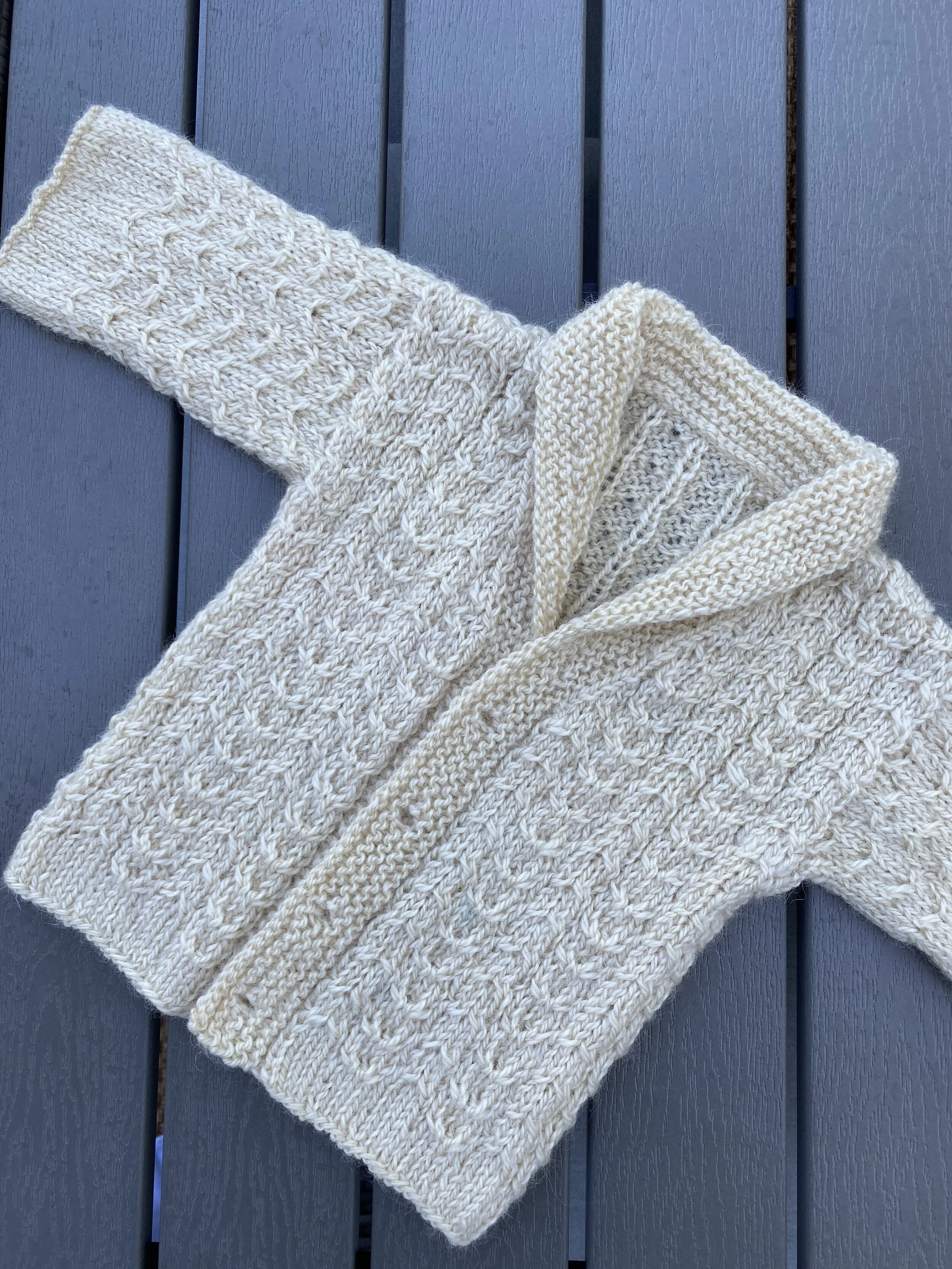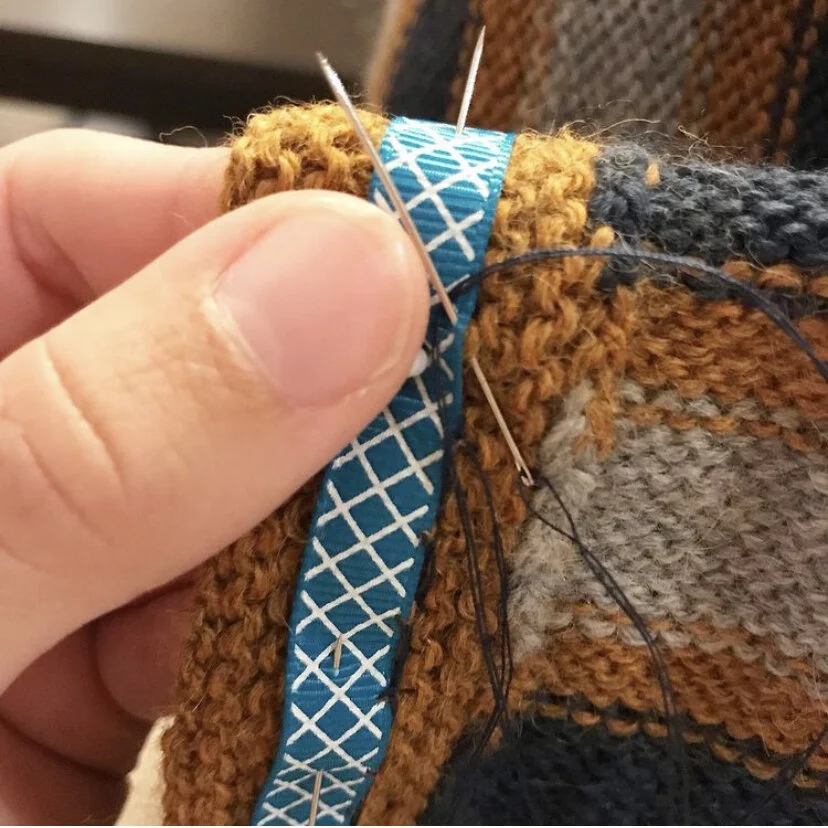This hat is proof that inspiration can come from literally anywhere. I never thought that I would be inspired by something as mundane as a hospital window screen but here we are. I spent so much time staring at stars of varying sizes and shapes that my mind turned them into a chart.
I’m really please with how this turned out. My ten year old claimed the sample almost as soon as I finished it. I’m considering it high praise, but at the same time—how does he nearly have an adult sized head?!?!
Written in the Stars is a stranded knitting pattern for heavy fingering/sport weight yarn. It has one size (Adult, although see the above mentioned note about it fitting my ten year old). The sample uses Swan’s Island All American Sport.
My testers came up with some really beautiful versions in different color schemes. If you want to check them out under the hashtag #Writteninthestarshat on Instagram.



















